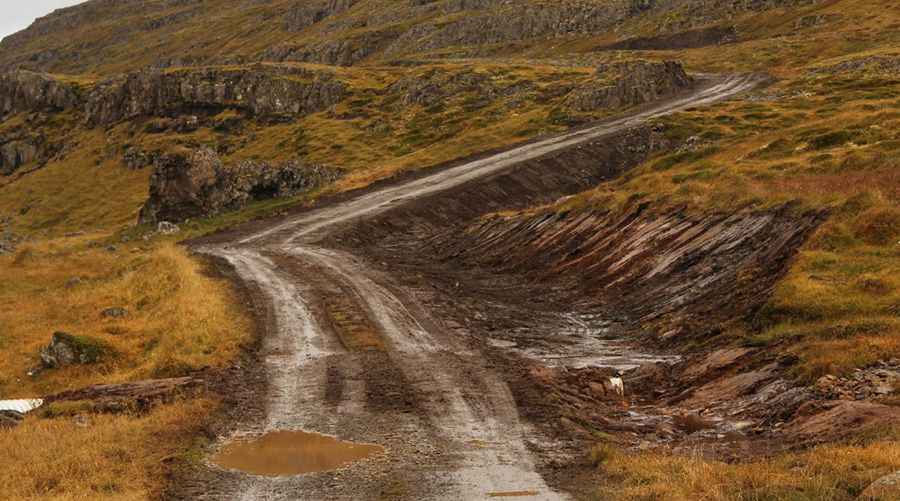How to drive the challenging Road F649 in the Westfords?
Situated on the small peninsula of Seljanes in the Westfjords, in northwestern Iceland, the F649 (Ófeigsfjarðarvegur) is a very demanding drive with breathtaking landscapes and rugged rivers. It’s said to be Iceland's northernmost and most isolated road.

Where is Road F649?
The road is located in the Strandir region of the Westfjords, in the northwestern part of the island.
How long is Road F649?
The road is 20 km (12 miles) long, running east-west from Road 643 to Hvalárfoss, a massive, remote, and beautiful waterfall located at the "end of the world." It is part of a series of lesser-known waterfalls hidden in the rugged landscape of the area. Hvalárfoss is one of those beautiful and pristine waterfalls in Iceland that only a few dozen tourists visit each year. It is located on the Hvalá River just a few hundred meters before it flows into the Atlantic Ocean.
Is Road F649 unpaved?
The road is totally unpaved and only for 4x4 vehicles with significant fording capacity. It is a rough and challenging road, with some steep sections. It should not be driven in anything other than a full-size 4x4 with high clearance. The last ford, which is about 3 kilometers before the waterfall across the Húsá River, can be stressful for some due to its proximity to the ocean. The water level in the river depends on the tide, with a depth of about 20 cm at low tide and up to 50 cm at high tide. It’s only open during the summer months, usually between late June and early September.
Are there river crossings on Road F649?
It’s one of the famous F Roads of the country. Near the end of the road, there’s a deep river crossing. Right after the ford, the Húsá River flows into the ocean. During high tide, water flows from the ocean into the river, and the water level rises. It is necessary to check the ford before driving through it. Crossing large rivers demands some experience and caution. Avoid attempting it alone or during periods of heavy rainfall, as rising water levels from rain or warm temperatures can make the crossing hazardous. It's wise to consult local residents for up-to-date advice before proceeding. Only well-equipped jeeps or larger off-road vehicles are suited for these conditions. Always inspect the river beforehand to make sure the depth is manageable. Occasionally, you may also encounter smaller water-filled depressions along the route. While this road offers incredible views during daylight hours, it becomes risky after dark. Keep in mind that rental car insurance typically does not cover water-related damage, including issues that arise from river crossings.